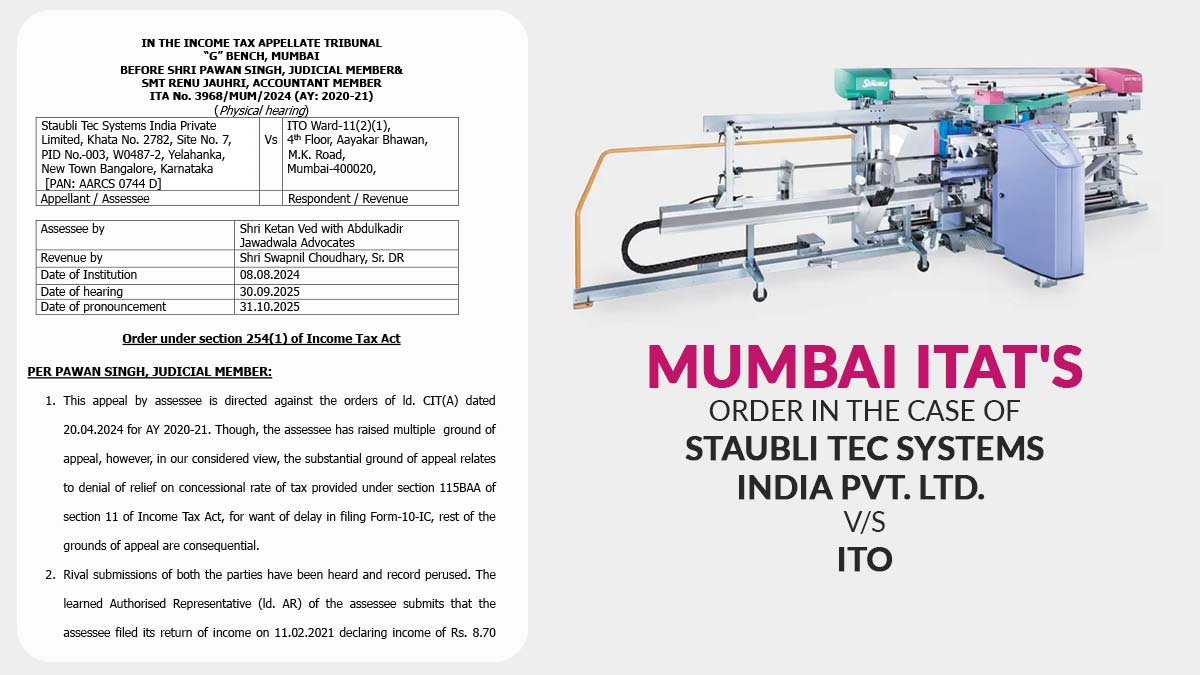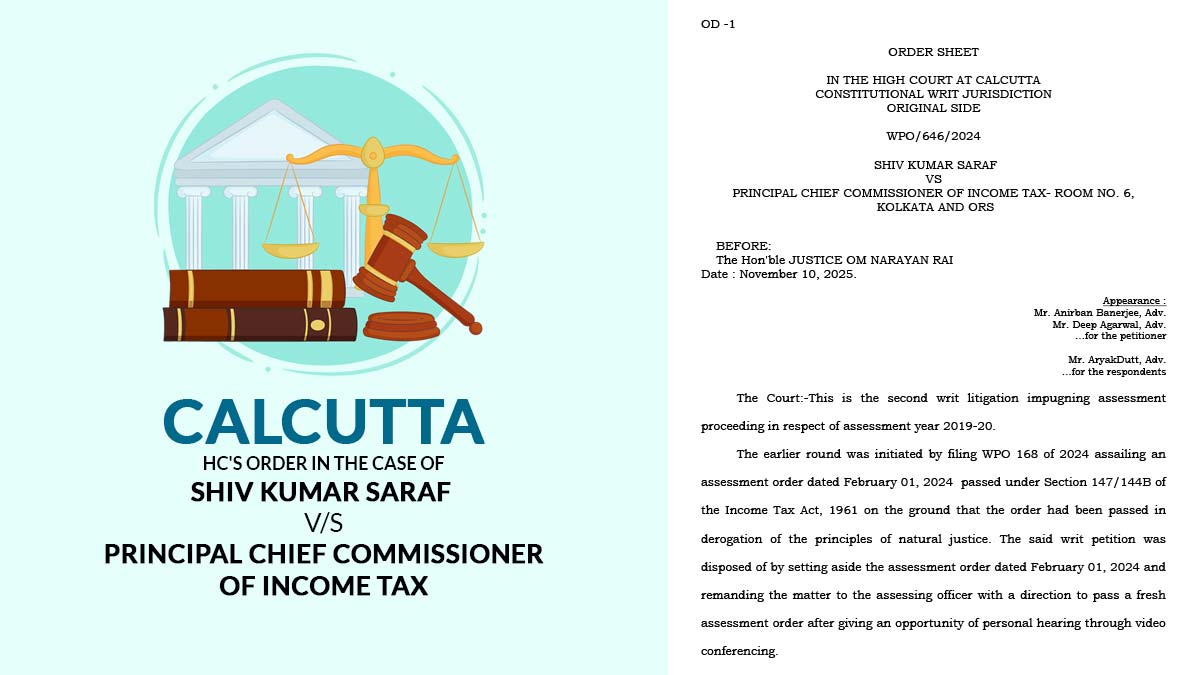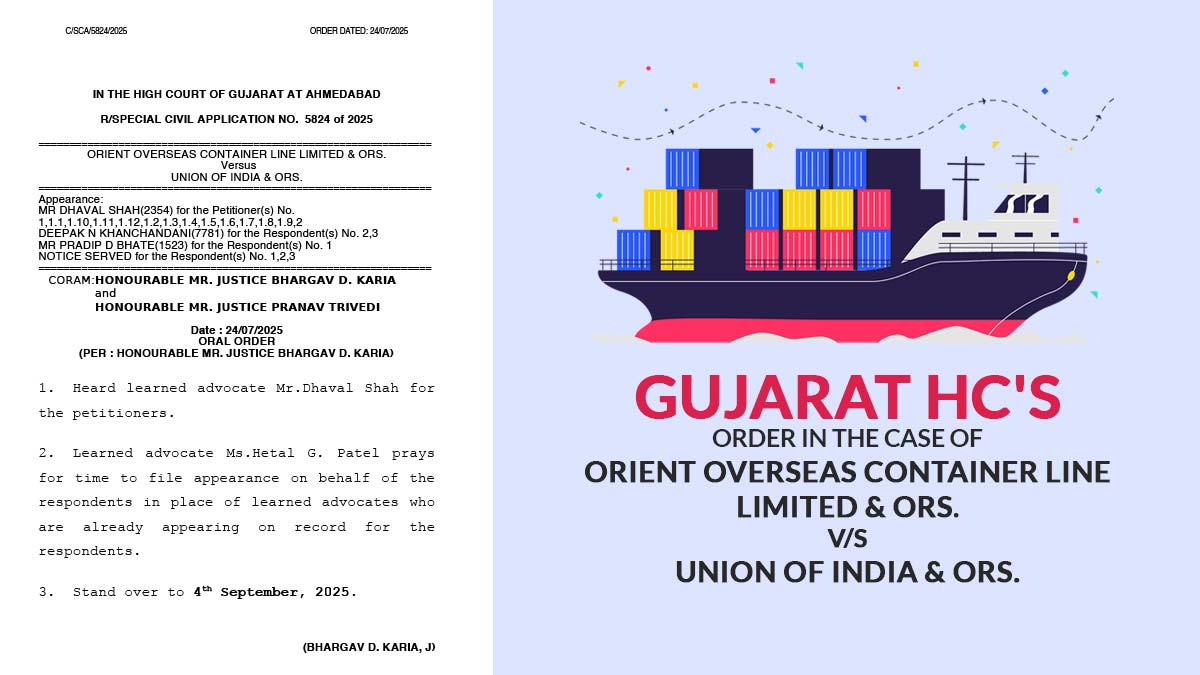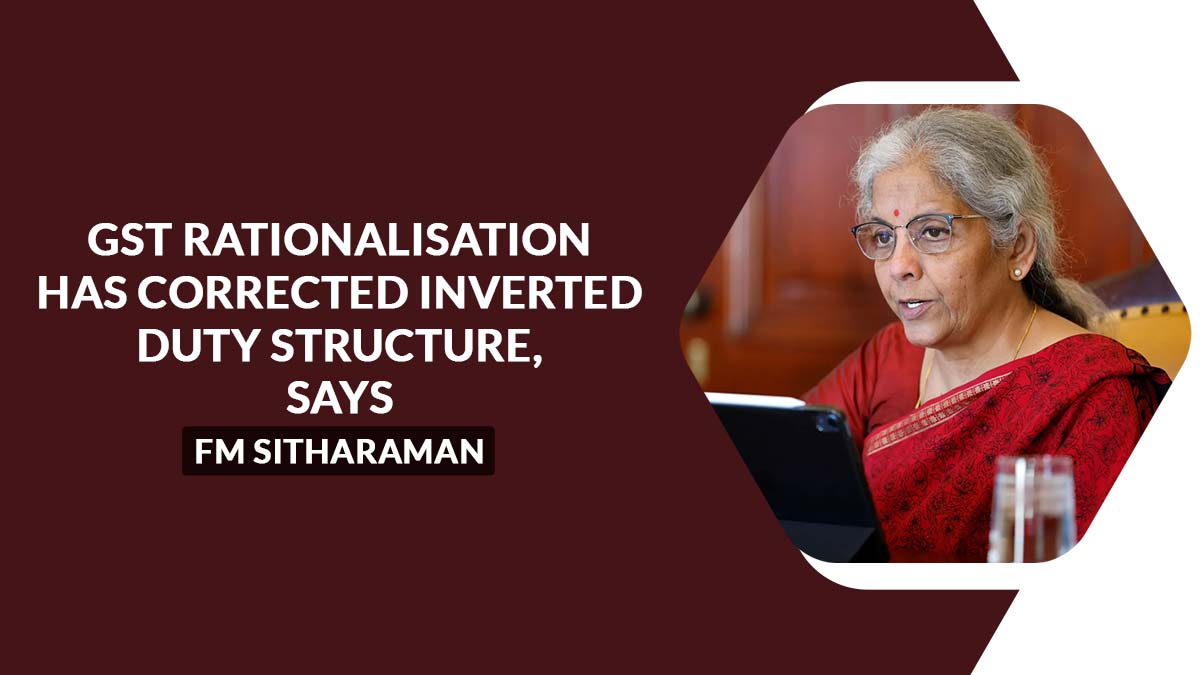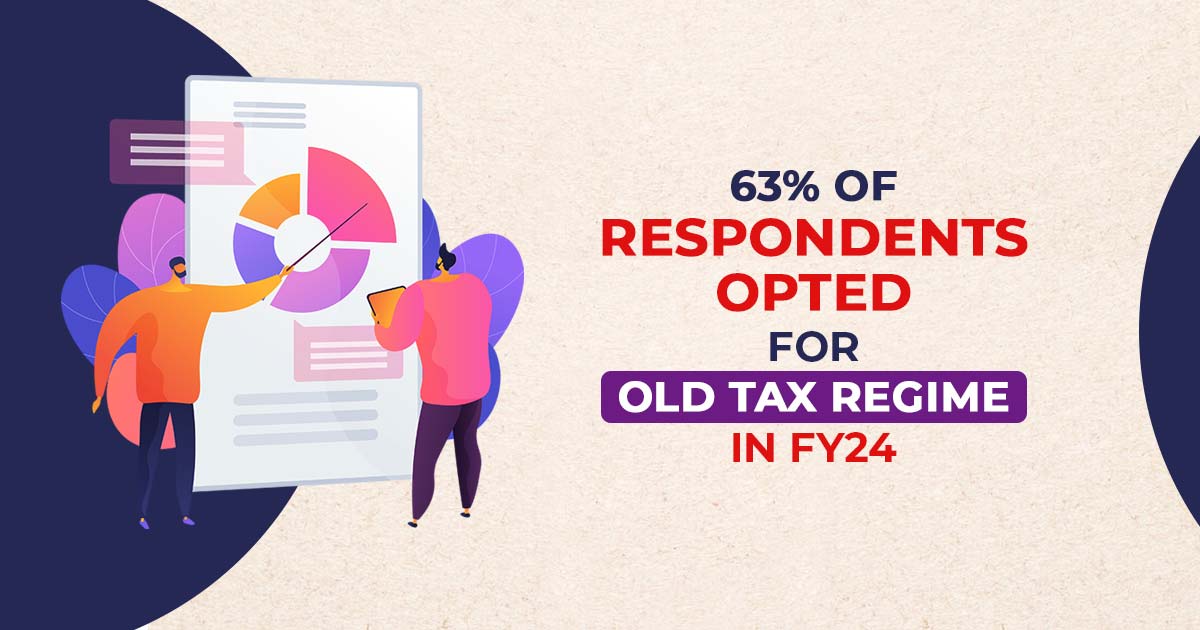
Most of India’s employed individuals selected the traditional tax structure when filing their returns in the 2023-24 fiscal year, favouring long-term investments over the immediate cash benefits provided by the new system. According to a Policybazaar.com survey, 63% favoured the old tax regime, while 37% opted for the new one.
Individual taxpayers can opt for either of two tax regimes. The old system comprises various tax slabs with rates determined by income, allowing for deductions under sections like 80C and 80D, effectively reducing the taxable income.
Meanwhile, the new tax regime, which became the default option in the financial year 2023-24, presents a simpler structure featuring fewer tax slabs and lower rates compared to its predecessor. However, it does away with most deductions, offering only a standard deduction of Rs. 50,000 starting from FY24.
Approximately 55 million taxpayers might have transitioned to the new tax regime in the current fiscal year. This shift occurred because the new income tax system became more attractive for the financial year 2023–24, offering a rebate on income up to Rs 7 lakh.
When asked why they preferred the old tax regime, 43% of taxpayers cited lower tax liability as their primary reason. Other factors influencing their decision included the tax-free maturity of investments, the discipline enforced by long-term investments to curb overspending, the benefits derived from government small saving schemes, retirement savings, and recommendations from friends or family.
Among the respondents surveyed, 80% were aware of the tax regime they had chosen in the current financial year. Within this group, 71% had made their selection after calculating their tax liabilities under both regimes, while 14% had a general understanding of their liability under both systems.
Interestingly, 20% of the respondents were unaware of their tax regime, and within the informed segment, 15% had not calculated their tax liability under the chosen scheme.
As per the survey findings, 74% of women calculate their tax liability under both regimes before selecting either one, slightly surpassing the 71% of men who undertake similar calculations before choosing a tax regime.
Old Tax Regime Most Preferred by Salaried Individuals
The survey also indicated that among different demographics, salaried individuals displayed the highest inclination towards the old tax regime, with over 67% opting for it in FY24. Among other groups, more than 51% of businesspersons and 53% of professionals preferred the old regime. Retirees followed suit, with 66% choosing the old regime in FY24.
In terms of income brackets, the survey highlighted a preference for the old regime among higher earners. More than 68% of salaried individuals earning over Rs 7.5 lakh per annum (LPA) chose the old regime, while 54% of those earning up to Rs 7.5 lakh per annum opted for the same.
Tax Regimes of the Old Era are Preferred by all Generations
Regarding age demographics, 62% of respondents within the 21-30 age bracket favoured the old tax regime, citing long-term investments as a key reason. The highest adoption rates of the old regime were seen among individuals aged 31-41 years, with 68% opting for it, followed closely by the 41-50 age group at 66%.
Read Also: Solved! Confusion Between Old or New Tax Regimes for ITR
The strong preference within the 31-40 age bracket could be attributed to improved financial stability during this phase and a focus on long-term investments for better future planning. Interestingly, the 51-60-year age group exhibited the least inclination towards the old tax regime, standing at 53%, stated the report.
Preferences of Different Regions
A significant 69% of Tier-I respondents opted for the old tax regime, indicating a keen inclination to save taxes through long-term investment avenues. Tier 2 and Tier 3 respondents followed closely, with 61% and 59%, respectively, consciously choosing the old regime.
While the old regime emerged as the popular choice nationwide, Southern India exhibited the highest investment readiness, with 65% of individuals opting for the old tax regime.
Interestingly, the report highlighted that the East Indian region had the lowest percentage of respondents (60%) calculating their tax liabilities before making their selection, whereas the North exhibited the highest at 75%. This trend correlated with the generally lower per capita income in most Eastern states.
At the state level, the inclination to invest in tax-free instruments was notably high in Tamil Nadu, Karnataka, Rajasthan, Gujarat, Andhra/Telangana, and Delhi NCR, indicated by a larger proportion of respondents opting for the old tax regime.
Selection of an Investment
The survey discovered that the Public Provident Fund (PPF) and life insurance, including both ULIP and traditional policies, emerged as the most favoured tax-saving instruments, chosen by 39% and 34% of respondents, respectively.
Recommended: Easy Way to Switch New to Old Income Tax Scheme for Taxpayers
Sarbvir Singh, President and Joint-Group CEO at PB Fintech, the platform behind Policybazaar.com, noted from the survey findings, “Our survey underscores the Indian consumer’s ingrained focus on savings and a thoughtful approach to financial planning. Taxpayers are increasingly weighing both instant tax advantages and the potential long-term benefits tied to retirement-oriented tools such as provident funds, pensions, and insurance.”




